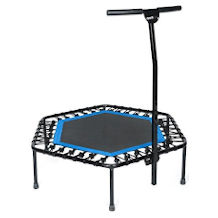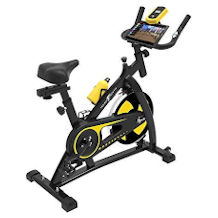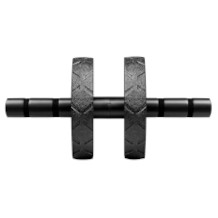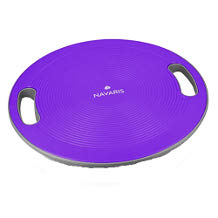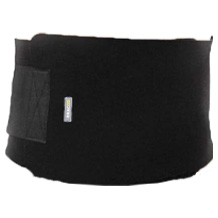Vibration plate purchasing advice: how to choose the right product
- The most important facts in a nutshell
- A fitness vibration plate is an effective way to increase the training effect at home.
- The vibrations work more muscle groups more intensively during normal exercises.
- There are compact models that can be easily stowed away as well as those with a support or column and more power.
- Many manufacturers offer their plates with additional features that optimise the workout and increase comfort.
Effective training with time savings
Keeping fit, training your muscles, losing weight or all of the above – there’s a reason why they say “a rolling stone gathers no moss”. However, outdoor activities and fitness studios are not for everyone. An alternative for the home is the fitness vibration plate, which is not only mobile and quick to use, but can also be stored away just as quickly.
In contrast to often very heavy, clunky fitness and sports equipment, the classic vibration plate is hardly bigger than a scale; however, large models with a holder are also available. Regardless of the exact design, fitness vibration plates always work in the same way: they use vibrations to work other muscle parts during an exercise and thus maximise the training effect. A nice side effect: this improves the sense of balance.
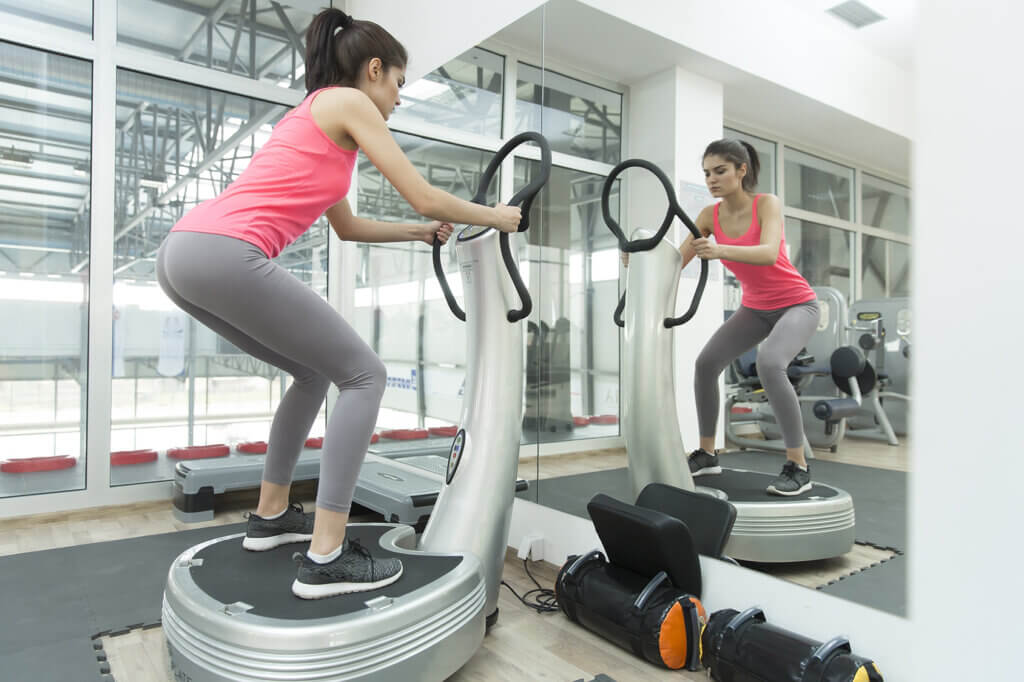
Inside the plates are several motors that make the plate vibrate in a targeted way and transfer the vibrations to the user’s muscles. Studies show that the additional load intensifies the stimulus exerted on the muscles and thus makes the workout more efficient. Due to the flat design, the plates can be combined with a wide variety of exercises – whether users stand or lean on them, place their feet on them or sit on them.
No training effect without your own intervention
Fitness vibration plates increase the training effect and make training more varied. However, their vibration alone is not enough to replace your own effort during exercise. If you want to achieve your goals, be it weight loss or muscle growth, you still have to make an effort and train with discipline.
Thanks to their compact dimensions, fitness vibration plates find their right place in almost every home. Other reasons why the equipment is so popular can be quickly identified:
- Stress and additional stimulation of the musculature
- Relief for ligaments and joints
- Increased energy consumption and thus fat burning
- Optimisation of flexibility and mobility
- Sometimes improvement of the sense of balance and coordination
The aim of the plates is also to use all the muscles that people do not normally use in their movements and efforts. In fact, we only consciously control about 60 percent of our muscles. The vibration plates close the emerging gap and also work those that would otherwise be missed out in training.
The different types
There are two types of fitness vibration plates: models without a column and those with a column. In the following, we will take a closer look at the two designs in order to work out their respective strengths and weaknesses and to make the purchase decision easier.
Vibration plates without column: the classic for private use
Most consumers opt for an ordinary vibration plate without a column. Visually, these models resemble conventional body scales. Thanks to their compact dimensions, they can easily be stored under the cupboard or bed after the workout. They therefore take up much less space than, for example, an exercise bike and are more flexible at the same time.
Motors are built into the flat plate, which generate the oscillations or vibrations. The surface is usually textured to provide more grip. Vibration plates without a column can also be combined with various accessories. The use of bands is particularly popular.
Although they are very compact fitness machines, vibration plates without a column are flexible all-rounders that challenge beginners as well as advanced exercisers. They are also ideal for those who do not have enough space at home for larger exercise machines or do not like them standing around open all the time. The plates can be stowed away without any significant effort.
The following advantages and disadvantages result from the construction:
Pro points
- Comparatively cheap
- Compact and easy to store
- Numerous exercises can be performed in standing, sitting or lying position
- Suitable for beginners and advanced users alike
Drawbacks
- Exercises where you have to hold on cannot be performed
- Maximum load usually lower than models with column
- Display sometimes not so easy to see
Vibration plates with column: The professional version
These plates are much larger fitness machines. They differ in several ways from the more compact plates just mentioned. The column is firmly connected to a chunkier plate. Because of the much larger construction, such vibration plates usually work with more powerful and possibly also several motors. In addition, there are often other functions built into the column.
If you are thinking about buying a fitness vibration plate with a column, you should expect it to be much more expensive and also to take up more space. Due to the support and the more massive construction, such fitness vibration plates are mainly used by people who are heavily overweight.
The large fitness machines come with strengths and weaknesses:
Pro points
- Different vibration modes at very high power
- Higher level of safety due to the holding device
- Generally suitable for people with high body weight
- Display very easy to reach and visible during training
- Use in professional facilities, e.g. for physiotherapy or rehabilitation
Drawbacks
- More expensive than plates without column
- Clunkier and more difficult to stow away
What matters when buying
A number of criteria determine which fitness vibration plate is most suitable for one’s own requirements. The large selection ensures that everyone will find what they are looking for, whether they are a beginner or a sports enthusiast with high demands.
Amplitude, frequency and training programmes
In simple terms, the amplitude indicates how strongly the plate vibrates. It is measured in millimetres. A value of 10 millimetres means that the plate swings up and down up to 10 millimetres from the starting point. A higher value is equivalent to a particularly demanding workout that beginners have to get used to. Different modes usually ensure that beginners do not have to work with the highest amplitude.
The frequency in turn determines the training goals that users pursue with the vibration plate. The frequency is always divided into frequency ranges, each of which is assigned different tasks and goals. The following frequency ranges exist:
- 5 to 12 hertz: low frequency for light mobilisation and loosening up.
- 12 to 20 hertz: medium frequency for careful muscle training, coordination, stretching and loosening.
- 20 to 35 hertz: high frequency, specifically for restoring muscle strength and increasing performance and endurance.
At a higher frequency, the plate vibrates more strongly. The first training session can be stressful, especially for your own well-being, coordination and sense of balance. For this reason, beginners should always feel their way slowly through the frequencies – and in turn make sure that the machine offers as wide a range of frequencies as possible.
Integrated programmes – there are usually three to seven of them on top machines – combine the two metrics just mentioned and develop a challenging, automated workout. With a wider selection of training programmes always recommended, beginners and advanced exercisers alike can ensure that they are training efficiently.
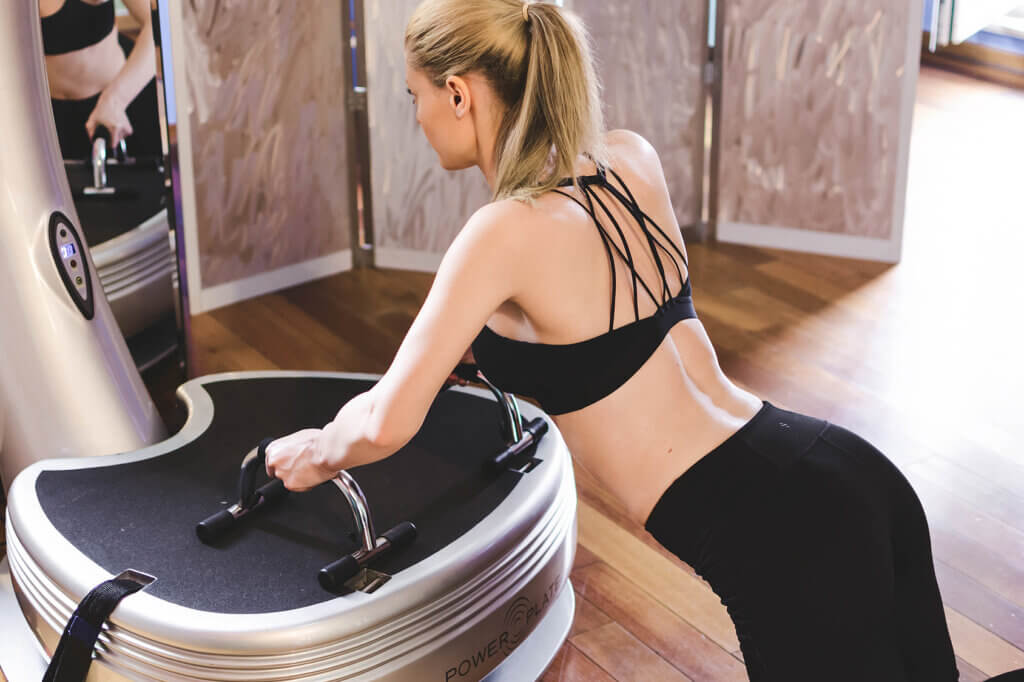
The different types of vibration
There are three different types of vibration, which also affect the workout and the way it is perceived. In many cases, it is not necessary to settle on one particular vibration, as most devices call up several of them. The exception is equipment that covers all types of vibration.
The “simplest” type of vibration is linear or vertical vibration, where the vibrations run from bottom to top in a linear pattern. In this case, the muscles are worked along the vertical axis. An obvious disadvantage of this type of vibration is that the linear pattern leads to a relatively one-sided load.
A further development is triaxial or 3D vibration, which also uses the depth axis for the vibration current. This means that the vibration current is no longer only vertical and linear, but also horizontal. The big advantage is that more muscles are used, as the vibration current is more versatile and demanding. Similarly, beginners should first try out the simple vertical vibration before venturing into the 3D vibration.
The third option is side alternating or oscillating vibration. The aim of this method is to generate slight rocking movements that do not feel artificial but natural. The plate is supposed to imitate movements that the musculoskeletal system itself produces. As this vibration current has a particularly natural effect, oscillating vibration is very suitable for beginners and people who feel nauseous or dizzy with other vibration modules.
Regardless of the type of vibration, the performance indicators mentioned above determine how demanding or pleasant a vibration is perceived to be.
Dimensions and load recommendations
Vibration plates with a column are very large and heavy sports equipment. Their compact counterparts differ mainly in that they are designed to be flatter and lighter. Therefore, there is no generally applicable standard for the dimensions. However, they are usually about one metre wide and about half a metre deep. The height of units without a column is about 15 to 20 centimetres, with a column about 1.20 to 1.60 metres.
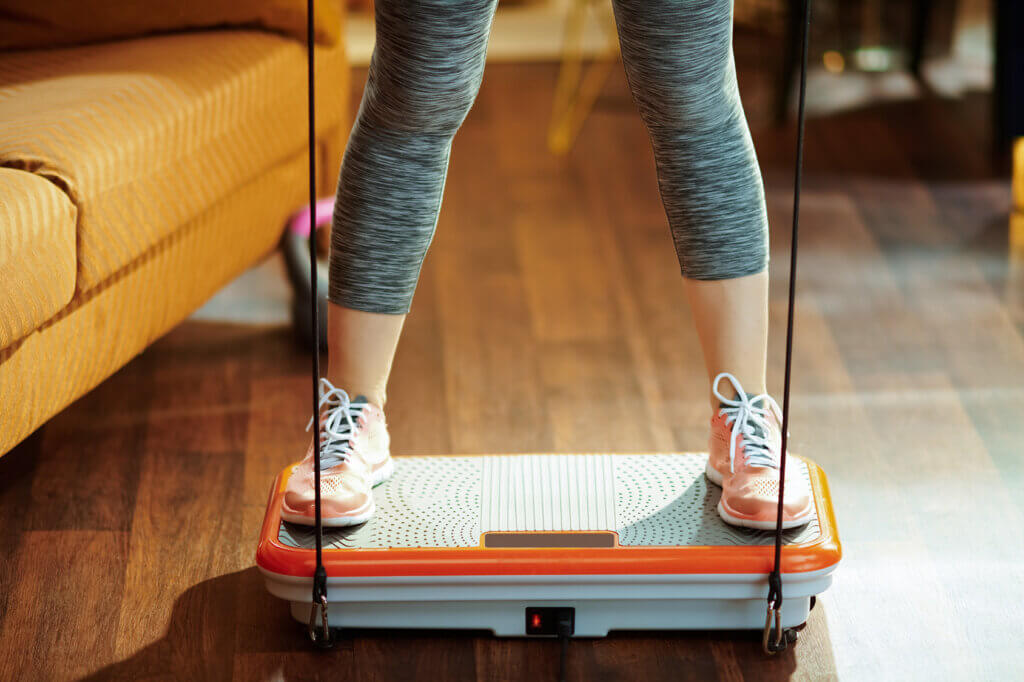
Heavier people in particular should consider the manufacturer’s maximum weight recommendations. Vibration plates with columns are more robustly built and can therefore usually lift up to 150 kilograms, while the simple plates are limited to 100 to 120 body weight. Especially for overweight people, the vibration plate with a column is therefore the better choice, as it supports more weight and also offers additional protection in the form of the bracket.
The display and other comfort functions
The display is the central control unit on a fitness vibration plate. On models with a stand, it also serves as the control unit; on flat plates, a remote control is usually included to make the device easier to operate. The digital displays usually show the speed, the selected programme and the trained time. Some modern machines have a touch display. In this case, users can decide for themselves whether to operate the device with the remote control or directly on the display.
Almost all manufacturers supply their vibration plates with training bands that can be integrated into many different exercises. Another special feature, especially of the models without a column, are the integrated speakers. So if you want musical support during your workout, you won’t miss out. Other extras include a cushioning mat as a practical base or vibration dumbbells that can be integrated into exercises in a similar way to the exercise bands.
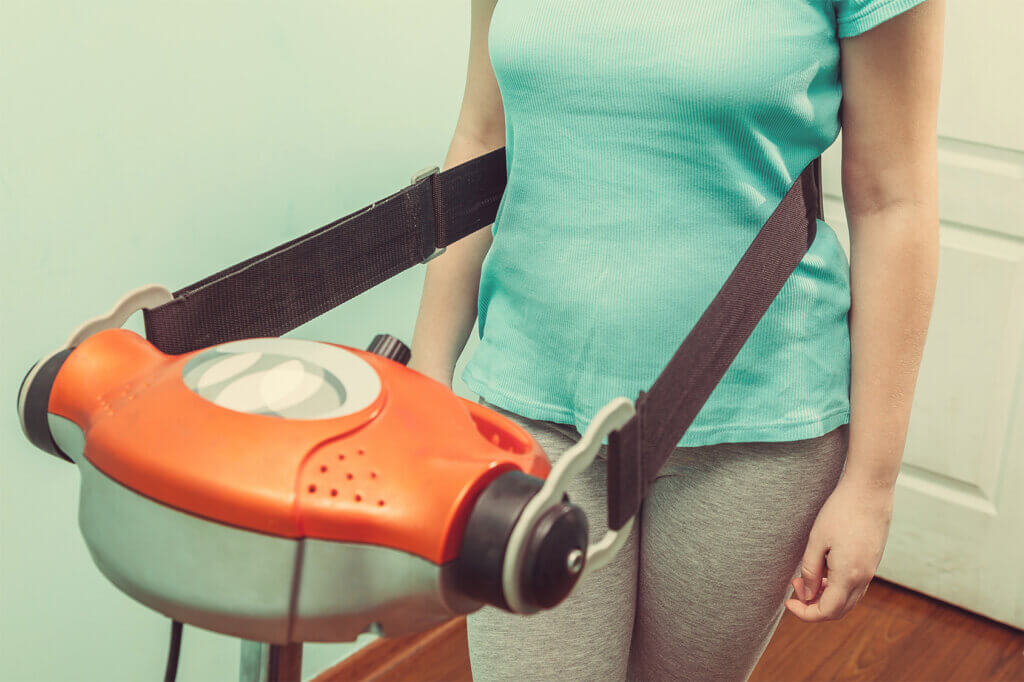
It’s up to the man (or woman)
Many vibration plates not only have pre-programmed training modes, but also allow users to create them themselves. If you want to customise your workout even more, make sure that the vibration plate has programmable training modes.
Care and handling tips
With or without a column, fitness vibration plates are usually very robust. After all, they are designed for users to lean on, stand on and step around. However, keep in mind that there are several motors inside these machines. So they should not come into contact with an open flame or water. Ideally, avoid any moisture beyond a few drops of sweat. Do not store the unit next to strong magnets, in sub-zero temperatures or in direct sunlight. In general, vibration plates are not intended for use in damp rooms.
To keep the plate in good condition, clean it regularly. Microfibre cloths, which magnetically attract the dust fibres and thus safely remove them from the device, are particularly suitable. Alternatively, use a slightly damp, lint-free cloth. Sharp cleaning agents are taboo. Dry the surface of the vibration plate before storing it.
In general, when using the plate, make sure that it stands securely and firmly. It should only be used on an even surface. Ideally, there should be no potentially dangerous objects nearby in case you lose your balance during an exercise. This not only protects the plate, but also your own health.
Fig. 1: © Boggy / stock.adobe.com | Fig. 2: © focusandblur / stock.adobe.com | Fig. 3: © Alliance / stock.adobe.com | Fig. 4: © slayer87 / stock.adobe.com

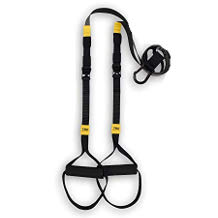

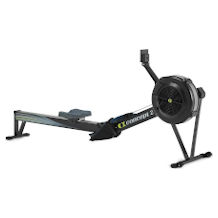
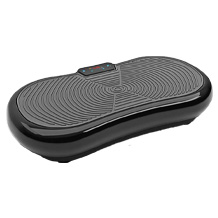
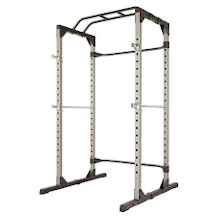

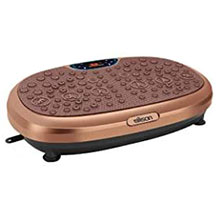

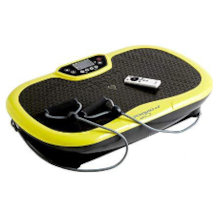

 7,887 reviews
7,887 reviews
